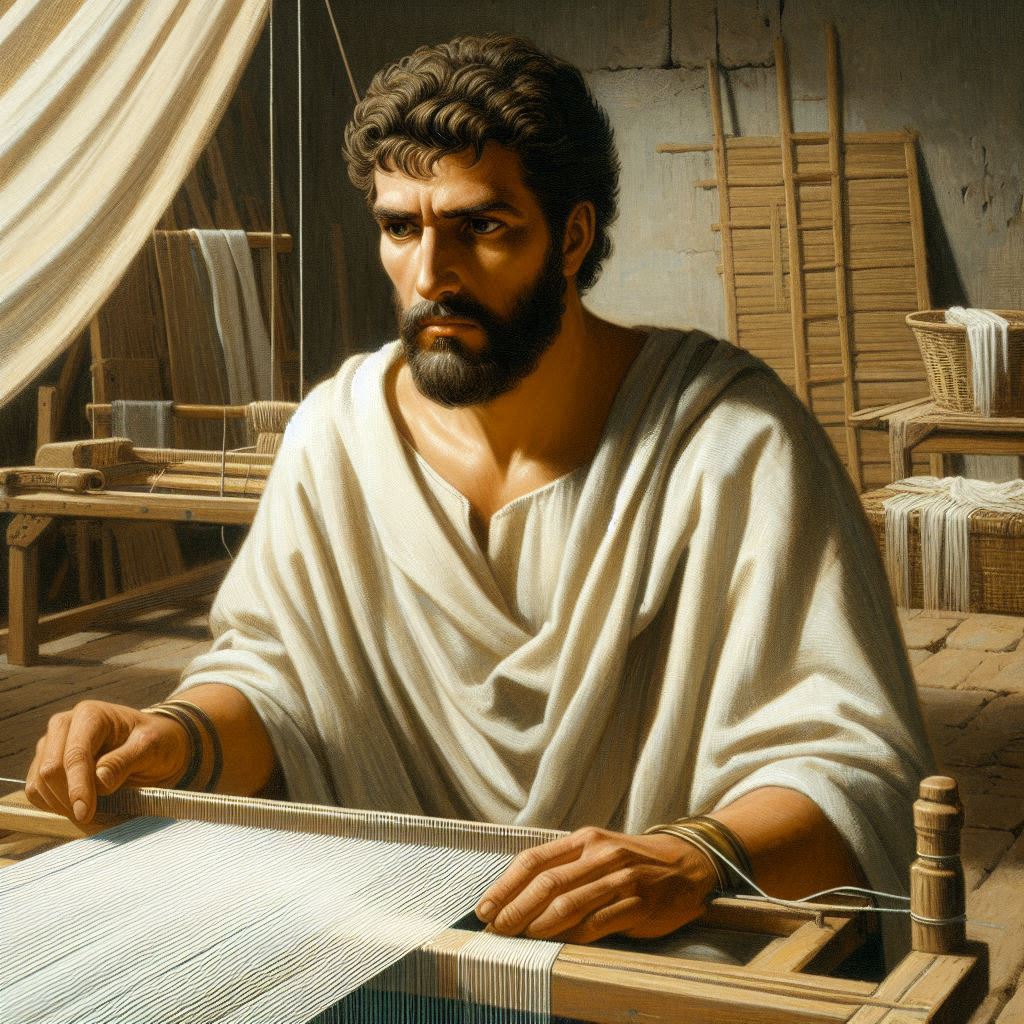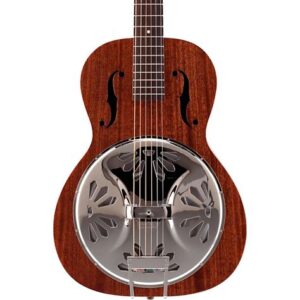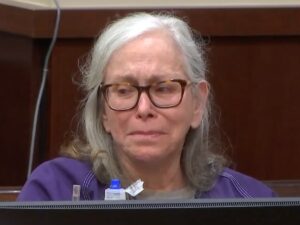
One of the ugliest sides of capital punishment litigation in the United States is the extent to which economic considerations drive the arguments that can be made in court. As Ryan Newby and I explained in 2013, Eighth Amendment litigation has devolved from lofty issues of human rights into technical issues regarding methods of execution. The reason for this is chillingly prosaic: other countries do not export us the lethal drugs because they know what we use them for. Therefore, U.S.-based companies have to develop domestic alternatives: drugs crafted not to heal and save, but to kill–without a solid protocol for testing them. After the Supreme Court, faced with the inability to import drugs needed for a three-drug execution protocol, approved the use of a single injection of sodium thiopental in Baze v. Rees (2008), disconcerted pharmaceutical companies began refusing to supply states with the drug. Oklahoma replaced the general anesthetic with an untested off-label use of midazolam, keeping the drug’s origin secret, a procedure that was approved in Glossip v. Gross (2015).
The question raised in b.Sanhedrin 48 is, therefore, a perennial one: can the manufacturer of funerary items–in the Talmudic case, a weaver of shrouds[1]–benefit from them? In other words, if someone works for a shroud factory and produces cloth–even if the cloth ends up not being used as a shroud–can it be sold for profit? Abaye says no; Rava says yes. The rest of the page elucidates their reasons. After attempting analogies to the case of animal sacrifice, they focus their dispute on five issues, for which they create a mnemonic: כִּפָּה, נַפְשֵׁיהּ, דַּחֲצִיבָא, בְּקִבְרֵיהּ דְּיַתִּיר מֵאֲבֻהּ, בְּכִיסָא דְּאוּמָּנָא. (scarf, monument, excavation, money left over from dead ancestors, the craftsman’s pouch.)
Scarf. Can a scarf prepared for the wrapping of ritual objects (a Torah scroll or tefillin) be used for wrapping everyday objects, e.g., coins? The dispute is over whether the mere designation of the object for a sacred purpose–absent any actual ritual use–rules out any profane purposes. Abaye believes the designation is enough; Rav Hisda, who agrees with Rava’s perspective, believes that actual wrapping rules out profane use.
Monument. Can a monument erected as a memorial be used for ordinary purposes, e.g., housing the living? According to Abaye’s view, even if the monument was originally created to house the living, and later additions were there to honor the dead, it consecrates the whole monument and it cannot be used for nonsacred purposes – and this is true even if the dead body is later removed. In other words, it is the designation of the monument that matters. By contrast, Rafram bar Pappa, speaking for Rav Hisda, believes that removing the part of the monument that was designated a memorial for the dead person suffices for clearing the building for nonsacred purposes.
Excavation: A excavates a grave for his father, but ends up burying him in a different grave. Can the dug grave be used for A’s own burial? The gemara says no – מִשּׁוּם כְּבוֹד אָבִיו (due to honor owed to the father.) Raban Shim’on ben Gamliel adds that this is true even if A hadn’t completed the digging of the grave–even אַף הַחוֹצֵב אֲבָנִים לְאָבִיו, he who merely excavates some stones for the burial, cannot have those very stones used for his own burial. Rava would say that the mere designation of the dig for A’s father’s grave does not rule it out for A’s grave (and, respectively, the mere designation of yarn for shrouds does not rule it out for making cloth that can be sold for profit)–and might therefore claim that using the grave for the burial of a nonviable embryo and then for the burial of a person is fine. Abaye, by contrast, would argue that even a nonviable newborn counts as a dead body, whose burial is deserving of respect and treated as consecrating the grave (this is an interesting commentary about the connection, or disconnection, between viability and respect).
Money left over from dead ancestors: Rava attemps to allow the shroud to be used for profit by drawing an analogy to the use of money. According to mishna Shekalim 2:5, money left over from a deceased person passes on to the heirs. But this proof is deemed unpersuasive, as the purpose and timing of collection make a difference: money collected during the deceased’s lifetime is legitimate secular inheritance. By contrast, money left over from a burial collection must be spent on other burials.
This explanation, too, provokes a debate: according to Rava’s school of thought, money raised for burying unspecified people must be used for that purpose alone. Money raised for burying a particular person, however, is given to the heirs (think about a GoFundMe, or other charity fundraising, for a particular person’s funeral expenses; it is logical to pass the surplus on to the family.) But according to Abaye’s school of thought, the latter fund must either be used for improving the particular grave of the deceased or left alone (“until Elijah comes”, which is the safest way to use it according to Rabbi Meir). There are more twists and turns to this, pertaining to the degree to which an item that is used in conjunction with a burial (non-shroud cloth that falls into a grave) becomes consecrated to the dead – but let’s move on to the fifth analogy:
The craftsman’s pouch. Can one use a dedicated pouch for tefillin (phylacteries, which are used in prayer) to keep one’s money? Once the pouch has been used for the tefillin, it is no longer good for money. But if one orders a tefillin pouch from a craftsman, indicating that one intends to use it for a ritual purpose, and then ends up never using it for that purpose, one is allowed to use it instead for carrying money.
This last analogy might be seen as inappropriate in the context of the shroud. If mere designation is not enough, but rather use, when will we ever see shrouds designated for the dead but not already used for them? It turns out, as Rava explains, that in a place called Harpania the people are so poor that they cannot prepare the shrouds for themselves ahead of time, and thus the shrouds are made after the person is already deceased. The conclusion of the issue is that the law follows Rava’s logic: mere designation for the dead is not enough – actual use consecrates the shrouds, and until it occurs, the cloth can be used for mundane purposes.
The discussion now turns to the inheritance of the condemned. This, too, hits close to home for me; I have horrific memories of people wrangling with CDCR over the personal effects left by their incarcerated relatives who died of COVID-19. According to a baraita, הֲרוּגֵי מַלְכוּת – נִכְסֵיהֶן לַמֶּלֶךְ, הֲרוּגֵי בֵּית דִּין – נִכְסֵיהֶן לַיּוֹרְשִׁין – meaning that those executed by the king leave their property to the king, whereas those executed by the court leave their property to their heirs. This issue evokes the story of King Ahab inherinting Naboth’s vineyard. Ahab’s wife, wicked queen Jezebel, wanted to help her husband inherit the vineyard and thus lodged a false complaint according to which Naboth “cursed God and King.” After he was executed, Ahab took possession of the vineyard, for which he was admonished. The sages dig into the story: Rabbi Yehuda argue that Ahab was Naboth’s relative, and thus might have inherited the vineyard as a relative rather than as a king. Others argue that Naboth’s sons were to inherit, But Rabbi Yehuda retorts that Ahab had the sons killed as well so that he would inherit (the rabbis reply that those were potential sons, not actual sons).
This leads the sages to another problem: accusing Naboth of cursing God would have been enough for execution. Why, then, did Jezebel procure false testimony that he cursed the king as well? The reply is – לְאַפּוֹשֵׁי רִיתְחָא, to infuriate the judges against Naboth and ensure the sentence.
The supporters of the idea that the condemned’s property goes to the king rely on another biblical story as well, that of Joab’s flight from David when accused of supporting David’s son Adoniyah. Joab, the biblical story tells, held on to the horns of the altar, refusing to come out – was that, the sages ask, because he didn’t want his property to go to the king? Not necessarily, argue the supporters of Rabbi Yehuda’s perspective: he might have just wanted חַיֵּי שָׁעָה, to spare his own life for a while. Rabbi Yehuda then explains that, when Joab was ordered to leave the sanctuary, he said that the curses that David cursed him would boomerang back onto his executioners–and offers proof from biblical phrases that, indeed, each king of Solomon’s dynasty suffered from these curses. The talmud offers us this wisdom, therefore: תְּהֵא לוּטָא, וְלָא תְּהֵא לָאטָא – be the object of a curse rather than the curser, as the curse eventually returns to its provenance. What goes around comes around.
[1] Traditional Jewish burial does not involve coffins; the deceased body is wrapped in shrouds and taken to the grave on a stretcher.




No comment yet, add your voice below!